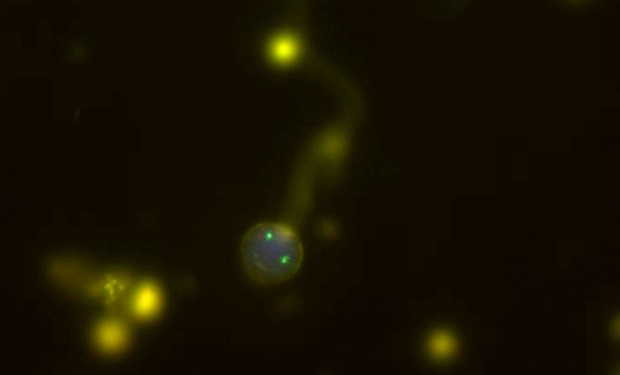Researchers at a branch of the National Institutes of Health (NIH) have developed a new technology that can fool sperm, not an easy thing to do. It has possible applications for contraception as well as becoming an important tool for in vitro fertilization (IVF). It is known that eggs waiting to be fertilized are covered with a protein called ZP2 that attracts and binds the spermatozoa to allow penetration and fertilization. The scientists have created tiny sticky beads (0.037 mm.) coated with ZP2 that can “fool” the little guys into mistakenly attaching themselves there.
For IVF, the sticky beads and the sperm would be mixed together in a test tube. It is believed that the best possible sperm – the ones swimming the fastest and adhering the strongest – once detached would be most successful in fertilization. This has been demonstrated in mice with more research in the works expected to bring new expectations for IVF. For contraception, the minuscule beads could be injected harmlessly into the uterine cavity to attract and bind the sperm so they do not reach the egg. This too has been shown to be successful in mice, but further development including the possible use of other concurrent therapies is needed. Meanwhile, don’t give up on the pill or the diaphragm.
